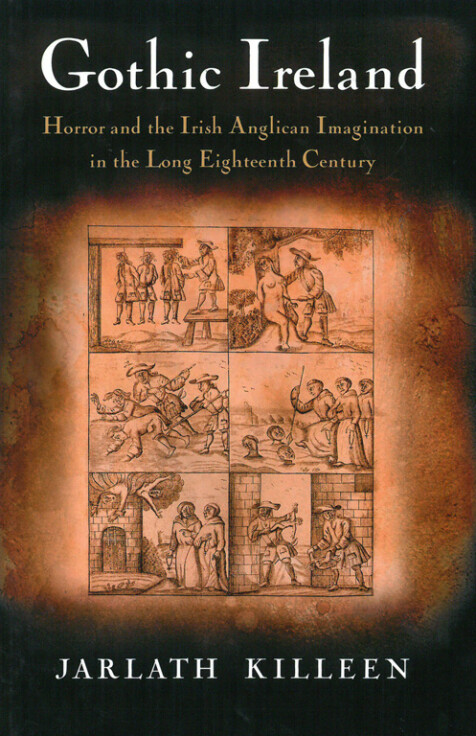Gothic Ireland
Horror and the Irish Anglican imagination in the eighteenth century
Jarlath Killeen
This book examines the formation of Anglican identity in Ireland throughout the long 18th century. Beginning with the 1641 Rebellion, which constitutes the inaugurating event of Anglican Ireland, the book traces the convolutions of this identity through to the Act of Union in 1801.
It argues that Gothicism is the basic modality in which Anglican Ireland found expression, and traces the themes and modes of Gothic writing in political tracts, philosophical pamphlets, graveyard poetry, aesthetic treatises, and Gothic novels. In linking these diffuse modes of writing through their common recourse to a Gothic language, this book produces a psycho-history of the Anglican mind.

